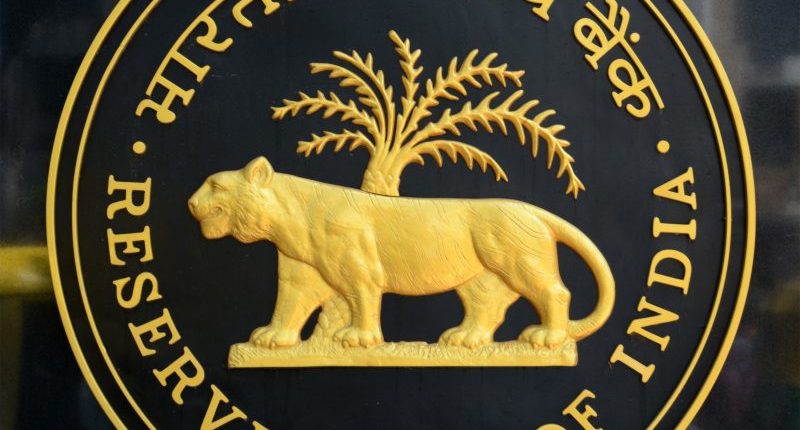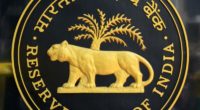US Inflation has accelerated to a 40-year high of 7.5%. It has stoked fears that imported inflation will soon make its way to Indian shores. Imported inflation is the general price rise in a country because of increased imported commodities. Moreover, the Russia-Ukraine conflict and tension in the Middle East mean crude oil prices could remain high for some time. As India imports, more than 80% of its crude oil needs, high crude oil prices mean imported inflation in India.
The RBI had launched stimulus packages to bring the economy back on its feet after the Covid-19 pandemic. It resulted in surplus liquidity which poured into the stock markets in mid-2020 and 2021. However, many economists expected the RBI to hike the reverse repo rate, which is the interest rate that banks earn by parking short term surplus funds with the RBI. Moreover, hiking the reverse repo rate could reduce surplus liquidity in the economy, which has recently led to spiralling inflation. Why did RBI keep repo rates unchanged?
RBI Monetary Policy Review after the Union Budget 2022
In its bi-monthly policy review, RBI kept the repo rate and the reverse repo rate constant at 4% and 3.35%, respectively. The rate at which RBI lends money to commercial banks and financial institutions in India is the repo rate. However, the RBI maintained an accommodative stance and kept repo rates unchanged for the tenth time in a row.
The RBI projects the GDP growth for 2022-23 at 7.8%. Moreover, the six-member Monetary Policy Committee unanimously voted on maintaining the status quo on the repo rate by a 5-1 majority and to continue with an accommodative stance.
Why did RBI keep repo rates unchanged?
RBI did not hike the repo rate and reverse repo rate because it believes the economic recovery is incomplete amidst the threat of the Omicron variant. Moreover, it states that the focus is now on large-scale vaccination, booster doses and a targeted containment strategy to control the pandemic.
The RBI believes the rapid worldwide spread of the Omicron variant since December 2021 has hampered the global economy. Moreover, emerging economies like India remain vulnerable to geopolitical tensions, high crude oil prices and supply bottlenecks as container and labour shortages persist.
The RBI governor stated that India’s inflation projections are benchmarked to International Crude oil prices. The RBI projects CPI inflation or retail inflation at 4.5% for fiscal 2022-23. Moreover, RBI retains the inflation projection at 5.3% for the current financial year.
The Monetary Policy Committee believes that the unfavourable base effect led to the surge in retail inflation to 5.59% in December 2021. However, a massive buffer stock of cereals and supply-side measures have kept food inflation in check. The RBI governor did add that it was keeping a close watch on rising International crude oil prices.
RBI maintaining the status quo on the repo rate and reverse repo rate is good news for home loan borrowers. It is because of the linking of floating home loan rates to the repo rate. Home loan borrowers will enjoy lower home loan interest rates for a more extended period. However, you will have to wait longer if you want higher interest rates on your bank fixed deposits. In a nutshell, the RBI feels the Indian economy needs time to recover from the pandemic before hiking the repo rate.
For any clarifications/feedback on the topic, please contact the writer at cleyon.dsouza@cleartax.in.

I write to make complicated financial topics, simple. Writing is my passion and I believe if you find the right words, it’s simple.





